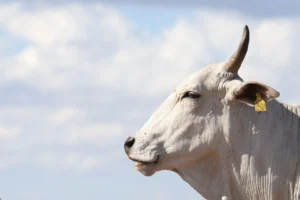
Can COP30 change the future of cows and climate in Brazil?
At COP30, the world’s eyes are on Brazil, and the cattle ranchers leading a global transformation.
If cows contribute to global warming by emitting methane, why can’t we just get rid of them and focus on growing crops instead? If everyone became vegan, would there be enough fertile land on the planet to grow the number of crops required to replace animal protein and feed the entire global populace? Can we afford to take cows out of the equation when 800 million people rely on them for their livelihoods — and when billions more count on meat and milk to meet their basic nutritional requirements?
In the race to feed our rapidly expanding global population, these questions must be carefully considered with an understanding that balancing global food demands with sustainability and nutrition is an increasingly complex equation.
While the idea of feeding the world without animal protein is often presented as a simple solution, how does it hold up from a scientific perspective?
Here’s what the research tells us:
It’s a common misconception that all agricultural land could be used to grow crops for human consumption. The truth is that only one-third of Earth’s agricultural land can support the growth crops — or, in other words, is arable land. The remaining two-thirds falls into the category of marginal land — land that is unable to grow food for people to consume because of its infertile soil, limited water access, steep and/or rocky terrain, and, at times, harsh weather conditions.
A closer look:
Earth’s surface is 29% land. Only 38% of that land is used for agriculture, or approximately 124 million acres.
While marginal land can’t sustain crops, it can support grazing animals, like cows. In fact, without cows, we would lose the ability to utilize these vast swaths of land for food production, which would create a major gap in the global food system.
When cows graze on marginal land, they transform things we can’t eat — grass and hay, for example — into the food we need: nutrient-rich meat and milk.
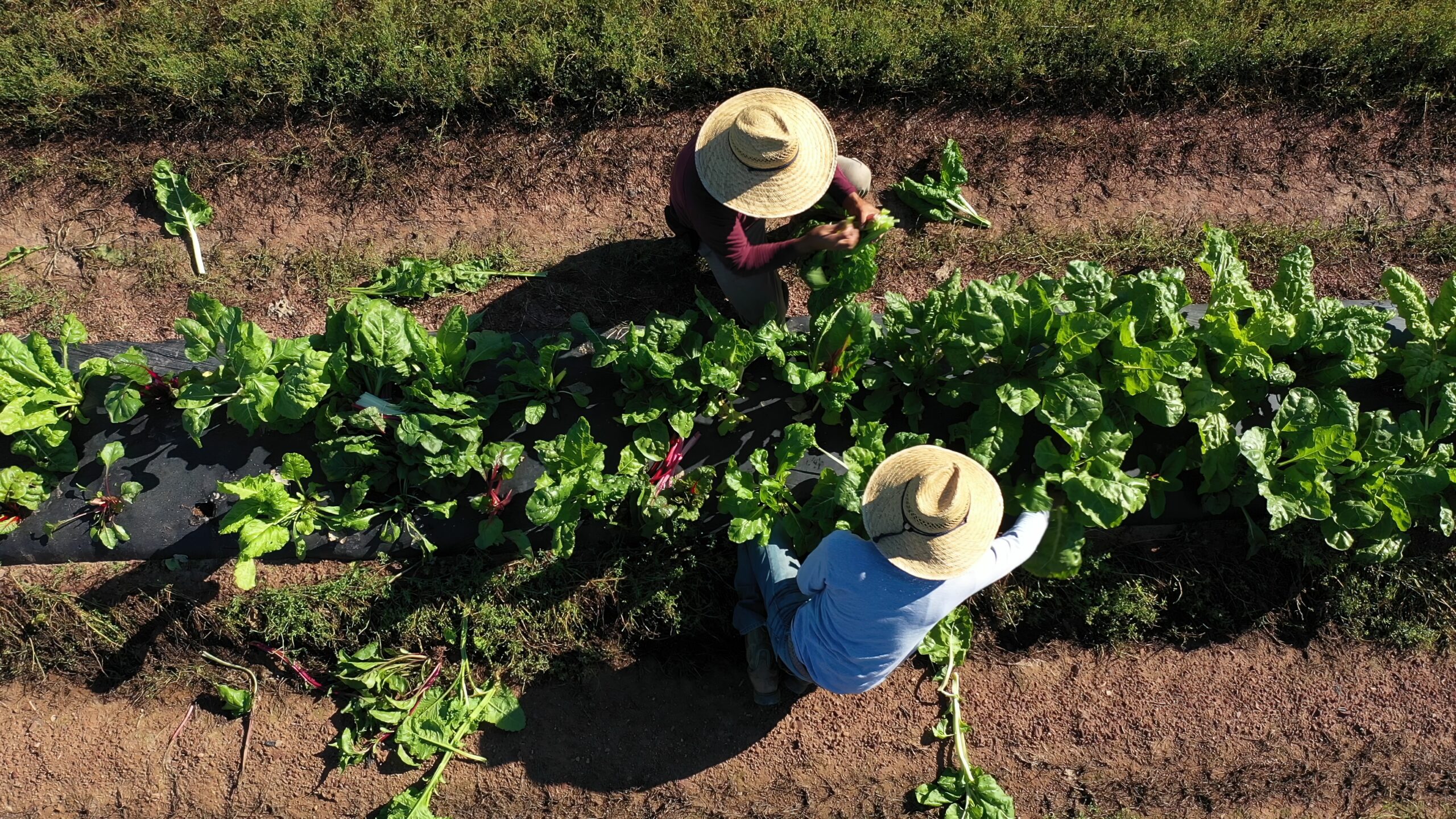
Even if crops could grow on converted pastures, research has shown that the crop yields would likely be too low and too unpredictable to justify the negative impacts that converting that land would have on the environment.
In its “Meat vs. Wheat” experiment, Rothamsted Research — one of the world’s longest-running agricultural research institutions — tried to convert a patch of pasture from marginal land into arable land for growing wheat. The study, which focused on southwestern England, showed that the likelihood of successfully growing winter wheat on fields once used to raise livestock could be as low as 28%. This diminished potential would partly be the result of increased rainfall, which would make sowing the crop impossible in future years.
Beyond the practical challenges, Rothamsted also found that converting these grasslands would release stored carbon into the atmosphere, potentially accelerating climate change. Soil runoff and nutrient loss were also factors.
While crops might be able to grow on converted pastures in ideal conditions, the combination of unpredictable weather, poor soil and the potential environmental impact makes large-scale conversion impractical.
“If we convert marginal land to arable land, we can generate food from that land. But unfortunately, the consequences in terms of on-site erosion and offsite sedimentation and sediment-related problems are quite significant,” said Adrian Collins, science director at Rothamsted Research. “So the societal costs become much higher due to that conversion.”
“I think this experiment is important for future generations. Ultimately, we know that humankind are having a very big negative impact on the globe in terms of the need for food production. Of course, we need food production,” he added. “But what we really need to do is to tailor that food production to make it as sustainable as possible. And ultimately, all farming needs to be data-driven so that farmers can make the best decisions they possibly can.”
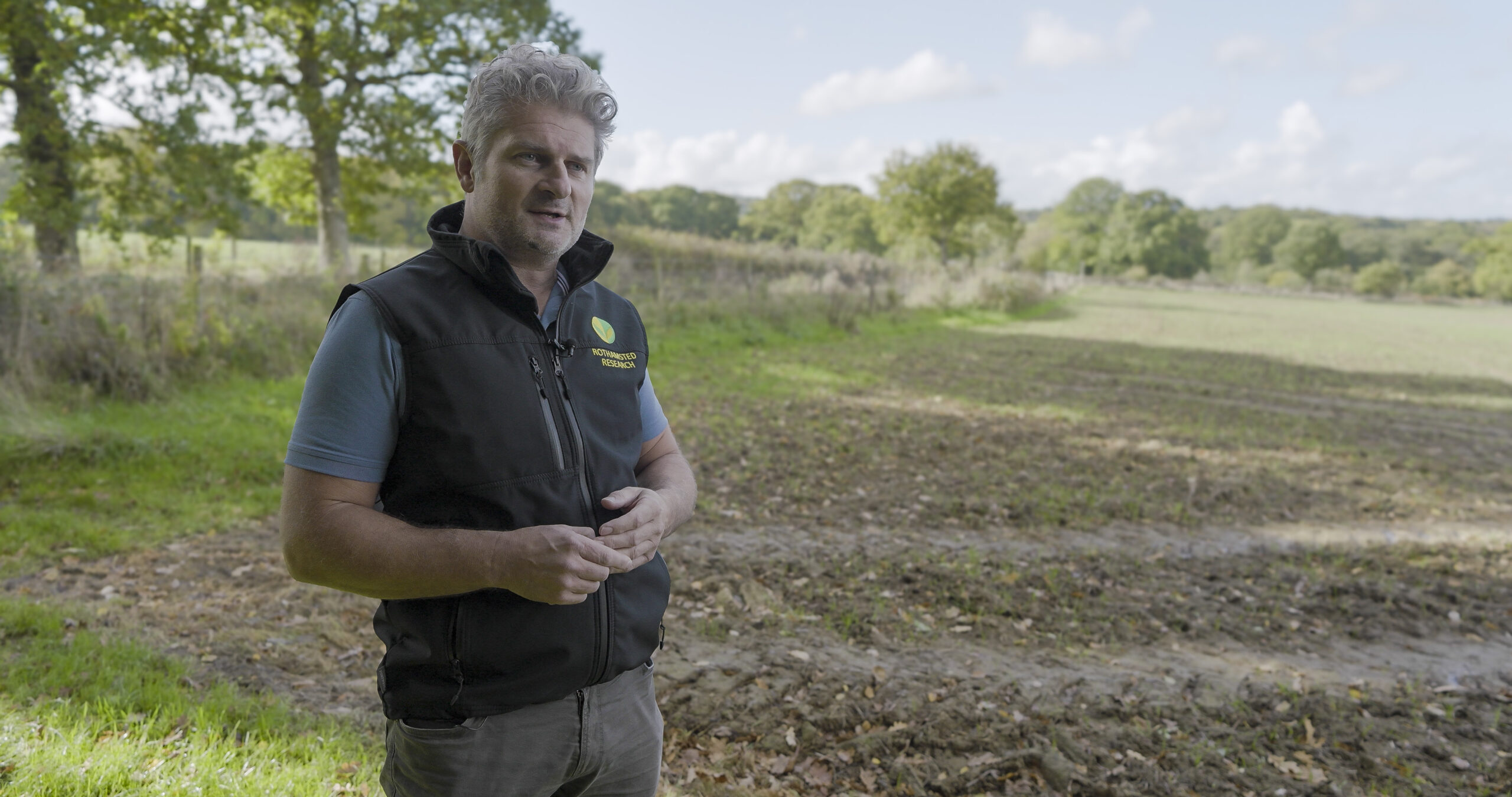
There’s another benefit to keeping cows on marginal land: As ruminants — which have a complex digestive system that includes four stomachs — cows can convert grass and plant materials that humans can’t eat into highly nutritious foods that we can. This process, called upcycling, allows land that would otherwise be unusable for food production to contribute to feeding the world.
Dr. Sara Place, an associate professor and feedlot systems specialist at Colorado State University who is featured in World Without Cows, says that cows’ ability to upcycle is one of the very reasons humans domesticated them in the first place.
“These animals take feedstuffs that are low quality protein and lower percent protein, and they make a high-quality protein product for people, whether that’s meat or milk,” Place said.

Cows eat things we can’t — crop byproducts, food waste, forage crops and other manufacturing byproducts — and turn into the nutrient-rich food we need: nutrient-rich meat and milk. Click here to learn more about cows and upcycling.
While crops alone might provide enough calories to feed a global population, they cannot easily replace the complete nutrition offered by a balanced diet that includes animal-sourced foods. Meat and dairy provide concentrated sources of protein, iron, vitamin B12 and essential fatty acids. Getting these nutrients from plants alone requires careful planning and, in many cases, supplementation. And finding supplementary nutrient options can be difficult or even impossible for people with limited access to food resources for economic or geographical reasons.
“In terms of underdeveloped countries, one of strongest things we can do is empower them by providing them with access to animal-sourced foods,” explained Dr. Stephan Van Vliet, a human nutrition scientist at Utah State University, who is interviewed in World Without Cows. “Can we produce enough protein to feed the world without cows? Certainly we can. But some nutrients are only found in animal-sourced foods, some are only found in plant-sourced foods. Combining the best of the two gives us the best of both worlds.”
When cows aren’t upcycling plant materials that humans can’t eat, they are sometimes fed crops that we could eat — but by turning them into milk and meat, cows create an incredible amount of additional protein from those crops.
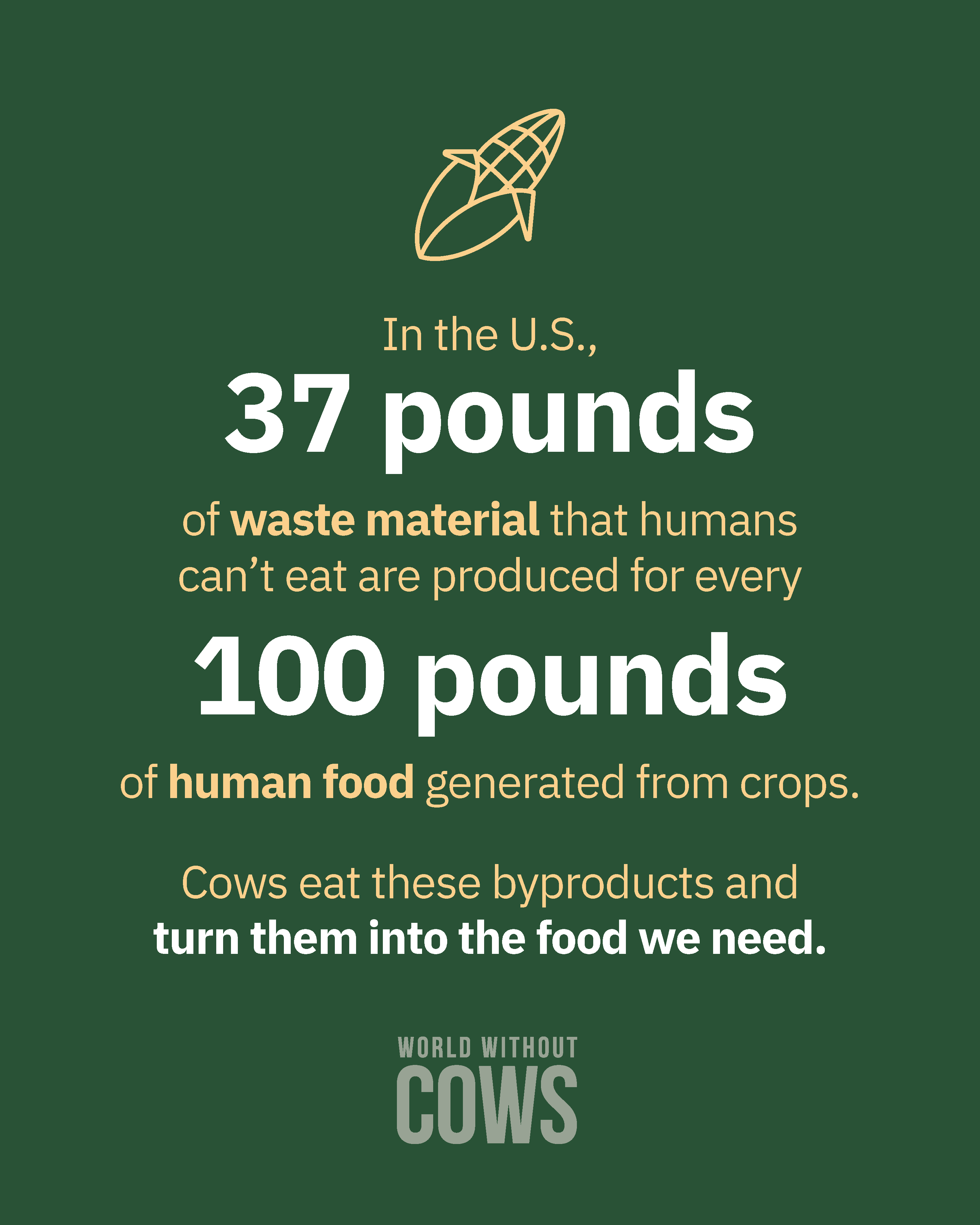
One study from Texas A&M University found that 770 pounds of corn could provide the protein needed for three children for a year, but if that same 770 pounds of corn was fed to cows, it would turn into enough beef to meet the protein needs of 17 children.
Could we feed the world with plants alone? Maybe — but at what cost?
While growing crops works well on fertile soil and in the right climate and conditions, converting the world’s marginal land into arable land would strain our ecosystems and reduce food security.
Cows, however, can adapt to marginal lands. They learn how to navigate the rough, depleted terrains to find feed and water, says Dr. Frank Mitloehner, director of the CLEAR Center at the University of California, Davis, who works to help the global community understand the environmental and human health impacts of livestock.
“With scarce land and an increasing population, it is clear that we must explore every possible method to increase agricultural production, and cattle help us do that,” Mitloehner said. “Ruminant animals like cattle are able to graze on the grass and other forage that is found on marginal land and thus they utilize land that would otherwise be unproductive as far as human food production is concerned.”
Put simply: Cows help us make the most of land that cannot be used for crops. By upcycling and creating protein, they provide essential nourishment to billions of people.
Instead of asking whether we could feed the world without cows, the more important question is: How can we balance sustainability and nutrition to ensure a more food-secure future?
Cows can also help restore “spent lands,” which is and that cannot be used for food production because its soil has been depleted of essential nutrients. However, through healthy grazing management, cows can be a solution. Grazing cows also play an important role in carbon sequestration. Learn more here.

At COP30, the world’s eyes are on Brazil, and the cattle ranchers leading a global transformation.
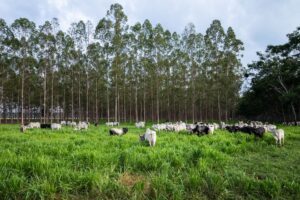
Restoring 40 million hectares of pasture could feed billions and ease pressure on the Amazon. Is the world paying attention?
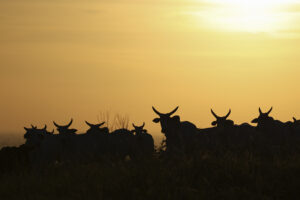
New mini-doc explores deforestation, food security and the Brazilian cattle sector’s path to a more sustainable future
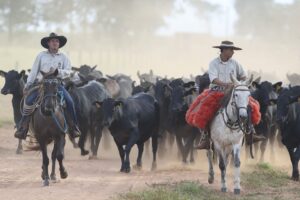
Mention Brazilian beef, and you’re likely to spark discussion about familiar themes: deforestation, emissions and blame. What do we find when we dig deeper? Here are the answers to five top questions about Brazil’s role in protecting the Amazon and feeding the world.
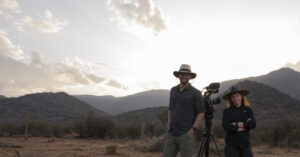
From science to the big screen: Discover how a single question grew into a global journey.
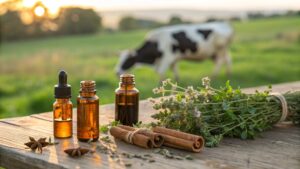
The role of essential oils like thyme, oregano and clove in reducing methane emissions from cattle.
As climate change intensifies and the world’s population continues to grow, the pressure on our global food production system mounts. You can play an active role in shaping a more sustainable planet for future generations. Fill out the form below to learn more about how you can partner with us.
Receive notifications about the release date, new online content and how you can get involved